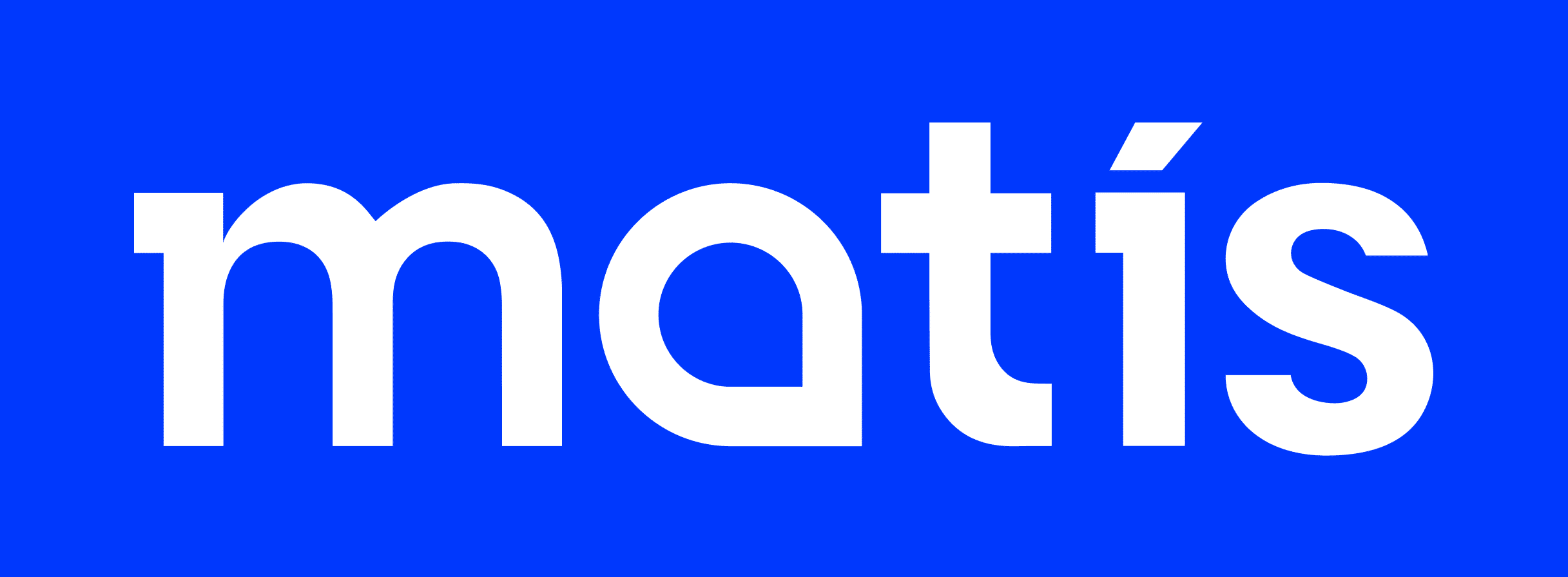A novel bacterium, designated 19SA41, was isolated from the air of the Icelandic volcanic island Surtsey. Cells of strain 19SA41 are Gram-stain-negative, strictly aerobic, non-motile rods and form pale yellow-pigmented colonies. The strain grows at 4–30 °C (optimum, 22 °C), at pH 6–10 (optimum, pH 7.5) and with 0–4% NaCl (optimum, 0.5%). Phylogenetic analyses based on 16S rRNA gene sequences showed that 19SA41 belonged to the genus Flavobacterium and is most similar to Flavobacterium xinjiangense DSM 19743T, with a sequence similarity of 96.52%. The new strain contained iso-C15 : 0 (22%) and summed feature 3 (C16∶1ω6c/C16∶1ω7c) (20%) as the predominant fatty acids. The major respiratory quinone was menaquinone-6 (100%). The polar lipid profile consisted of phosphatidylethanolamine and several uncharacterized amino lipids, glycolipids and lipids. The genome of the new strain was 4.01 Mbp, and its G+C content was 33.2 mol%. Based on characterization and comparative results, using a polyphasic taxonomic approach, we propose that the new isolate represents a novel species of the genus Flavobacterium with the name Flavobacterium aerium sp. nov. The type strain is ISCaR-07695T (=DSM 116640T =UBOOC-M-3567T).
Tag: Air
Overview of available methods for thawing seafood / Solutions available for thawing seafood
There is a constant demand for quality raw materials that can be used for producing seafood products for high paying markets in Europe and elsewhere in the world. Suppliers of demersal fish species in the North Atlantic are now meeting this demand by freezing the mainstay of their catches, in order to be able to have available supplies all year around. This is partly done because of seasonal fluctuations in catches, which are harmful from a marking point of view. The fact that all these raw materials are now frozen demands that methods used for freezing and thawing can guarantee that quality of the raw material is maintained. There are a number of methods available to thaw fish. The most common ones involve delivering heat to the product through the surface, as with conduction or convection. These methods include water and air-based systems. More novel methods are constantly on the rise, all with the aim of making the process of thawing quicker and capable of delivering better products to the consumer. These procedures are however, often costly and involve specialized workforce to control the process. All in all, it depends greatly on what kind of conditions a company is operating under regarding which thawing methods should be chosen. This report identifies the most common methods available and provides information on their main pros and cons.
There is a constant demand from fish processing plants around the world for good raw materials from the North Atlantic for the production of products for demanding markets. To meet this demand and in view of the large seasonal fluctuations in catches of certain fish species, companies have decided to freeze the raw material for later use. This requires good methods for freezing the raw material, but it is no less important that the thawing of the raw material is good. There are many methods for thawing fish and other seafood. It has been most common to use heat transfer through surfaces with heat transfer or thermal conductivity. These methods are mostly based on the use of water or air as a medium for thawing. Newer methods exist that try to make the process faster and thus deliver a better product to consumers. However, these methods are often costly and involve a great deal of staff specialization. After all, it matters what kind of business it is and how the companies' situation is at any given time when thawing methods and technical solutions are chosen. This report identifies all the major thawing methods and the technical solutions available on the market today, as well as outlining their main advantages and disadvantages.

